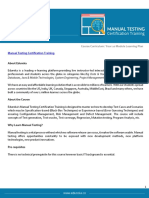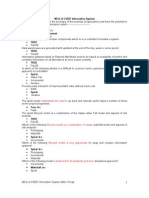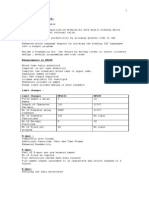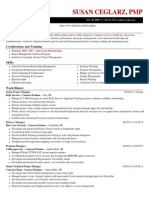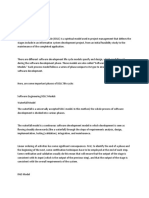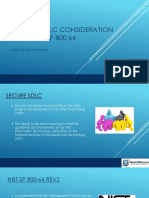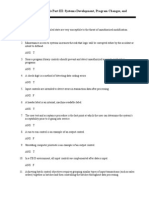0% found this document useful (0 votes)
11 views15 pagesQA Automation Quick Interview Guide
The document is a comprehensive interview guide for aspiring Quality Assurance (QA) engineers and testers, detailing key concepts such as Quality Assurance, Software Development Life Cycle (SDLC), and Software Testing Life Cycle (STLC). It covers various testing methodologies, including Functional Testing, Exploratory Testing, and Regression Testing, along with definitions of test cases, severity, and priority. Additionally, it outlines the defect life cycle, providing a structured approach to understanding QA processes and improving interview preparedness.
Uploaded by
Lipika GuptaCopyright
© © All Rights Reserved
We take content rights seriously. If you suspect this is your content, claim it here.
Available Formats
Download as PDF, TXT or read online on Scribd
0% found this document useful (0 votes)
11 views15 pagesQA Automation Quick Interview Guide
The document is a comprehensive interview guide for aspiring Quality Assurance (QA) engineers and testers, detailing key concepts such as Quality Assurance, Software Development Life Cycle (SDLC), and Software Testing Life Cycle (STLC). It covers various testing methodologies, including Functional Testing, Exploratory Testing, and Regression Testing, along with definitions of test cases, severity, and priority. Additionally, it outlines the defect life cycle, providing a structured approach to understanding QA processes and improving interview preparedness.
Uploaded by
Lipika GuptaCopyright
© © All Rights Reserved
We take content rights seriously. If you suspect this is your content, claim it here.
Available Formats
Download as PDF, TXT or read online on Scribd
/ 15

























